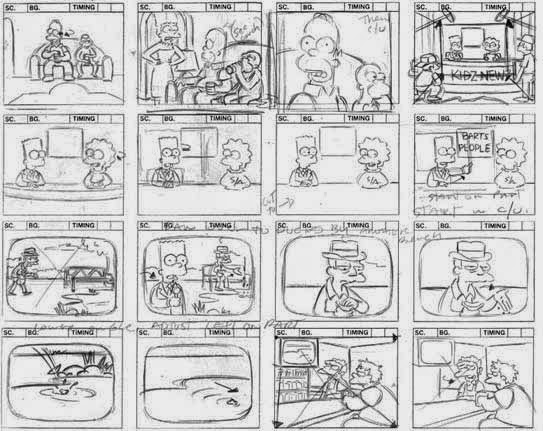Copyright is very important when it comes to the film making industry. This gives you legal right to protect your work from being copied or stolen. This protection lasts a fixed number of years and means the work you've published is signed to the creator.
The 'C' symbol and many more represent the protection on any production. This isn't only done in the film industry, however copyright is used for music, companies, specific advertising images, logos and even brand colours along with many more.
A good example of a copyrighted film is James Bond. No one else is allowed to publish a film that has details of their work because of the heavy trade mark and copyright.
Any production that is no longer protected is now open to the public. When people come to making movies, tracks and other projects there is the opportunity to take some useful files from public domain. A good example is Shakespeare's work. People now have access to his scripts and other resources of his because the protection of his productions has ended. This is why you see people remaking films etc on his work in the recent years. This is also happened recently with the popular Sherlock Holmes.

Creative Commons
For example if someone needed a small piece of footage of a car passing by. They could find it in creative commons and use it with no harm.
















